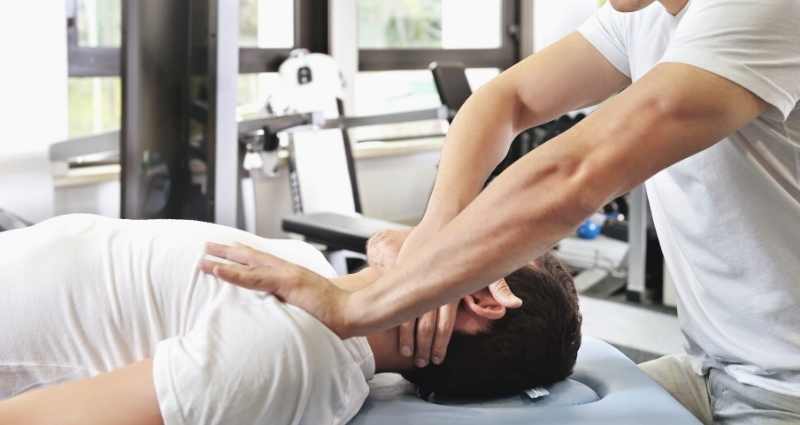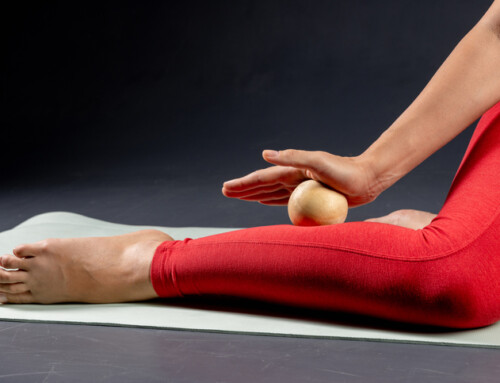By Joelie Flynn, SPT
Cervicogenic Headache And Physical Therapy
What Does the Cervical Region Consist Of?
The cervical region, more commonly known as the neck, consists of seven vertebrae and their respective spinal nerves, ligaments, and muscles. The first two cervical vertebrae, referred to as C1 and C2 respectively, have unique shapes which form the atlanto-occipital (OA) and the atlanto-axial (AA) joints. With assistance from the lower cervical spine, the OA and AA joints allow for forward bending, backward bending, and rotation of the head and neck.
There are several muscles which assist with movement of the head and neck. The neck flexors, which run primarily along the front side of the neck, allow for forward neck bending, while the neck extensors, which run primarily along the backside of the neck, allow for backward bending of the neck. Together, these groups of muscles are responsible for providing stability and support to the head and neck.
What is a Cervicogenic Headache?
A cervicogenic headache is a headache which originates from the joints and muscles in the cervical region. The spinal nerves in the cervical region are responsible for relaying pain signals from the neck to the head. Cervicogenic headaches are a result of referred pain, meaning that even though the pain is coming from the structures in the cervical region, it is felt in the head/eyes via the communication with the spinal nerves.
Risk Factors/Causes of Cervicogenic Headache
- Poor posture (forward head)
- Traumatic injury to the cervical spine (i.e. whiplash injury)
- Neck extensor/chest tightness
- Neck flexor/shoulder blade retractor weakness
- Cervical spine dysfunction
- Spinal nerve compression
What are the Symptoms Of A Cervicogenic Headache?
Common Signs/Symptoms of Cervicogenic Headache
- Unilateral, non-throbbing pain (occurs on one side of the head/face) that often originates from the neck/back of the head and travels to the front of the face/eye
- Pain exacerbated by specific movements/positions
- Pain/stiffness/limited motion in the neck
- Dizziness
- Sensitivity to light/sounds
- Pain in the arm(s)
How Can Physical Therapy Help?
Manual Therapy: The clinician will perform hands-on techniques which address any mobility deficits, trigger points, and muscle tightness within the cervical spine and the surrounding musculature.
Muscle Strengthening: The clinician will prescribe exercises which strengthen weak muscles (likely the deep neck flexors and the scapular retractors).
Muscle Re-Education: The clinician will prescribe exercises which not only train the endurance of the neck flexors and extensors in a variety of different positions, but also teach the two muscle groups how to work together to create optimal stability to support the neck.
Postural Training: The clinician will educate the patient on proper posture and work with the patient to determine how they can make ergonomic adjustments to achieve this posture throughout the day.
Pain Reduction Techniques: This will depend upon the patient and what alleviates their pain, however there are numerous strategies/modalities that can be used to reduce pain (i.e. heat, ice, positional changes, breathing techniques, etc.).
Contact Capital Area Physical Therapy & Wellness for more information on treatment and techniques for cervicogenic headaches and other conditions. Call 518-289-5242 to make an appointment at one of our convenient PT clinics in Queensbury, Malta and Saratoga.






